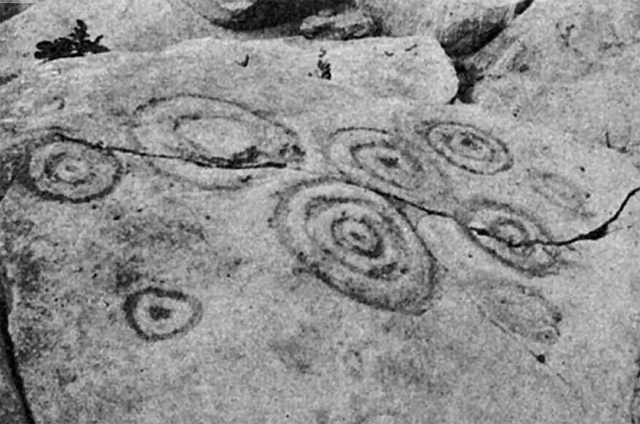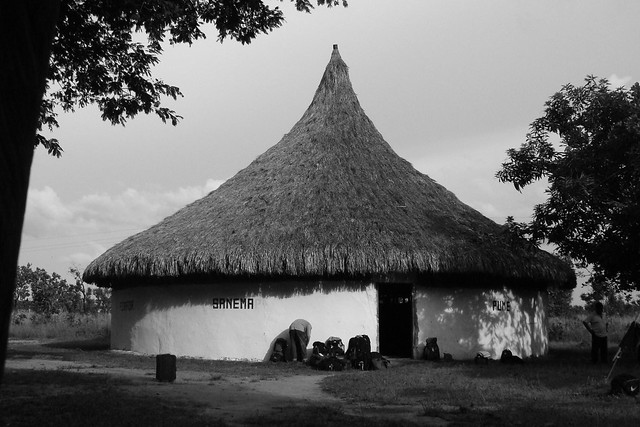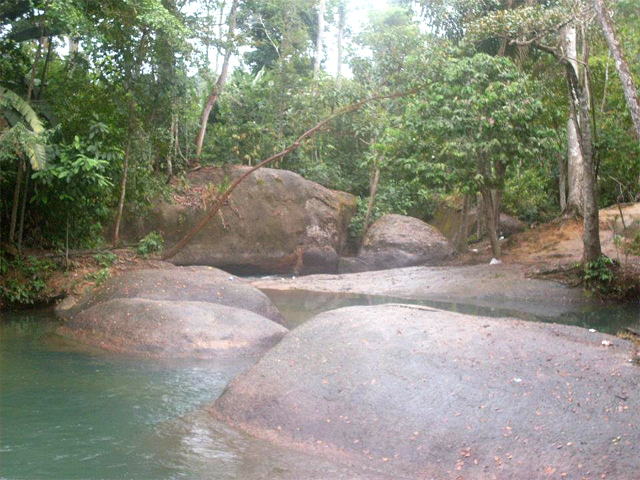Sometimes good travel writing provides insights into the ways of local people the writer visits. Such was the case of a writer named Karla Graterol who published a brief travel piece early last week in a major Venezuelan newspaper about her visit with some Piaroa. It was refreshing to read about something other than the political and economic crises in that nation.

The writer was traveling in Amazonas state but had not gotten much beyond the capital, Puerto Ayacucho, because traveling into the forest communities is best done by boat and that’s expensive. She left the city and went through Pintao, where she had heard about the famous petroglyphs, which had gotten a lot of international publicity in 2017 when some scientists announced surprising discoveries about them. The writer stopped to ask directions to the petroglyphs.
She was delighted to see in the village a churuata, a round collective dwelling with a beautiful, conical roof. She met Alfredo, a Piaroa gentleman, who regaled the visitor with his stories. He turned out to be the teacher in the small village school, teaching children in the first through sixth grades. He also turned out to be the son of the most recent shaman in the community. He clearly loved his village and was eager to talk about the traditional ways of the Piaroa.

Karla impulsively asked if she could have a room for the night in his house—she wanted to learn more about the community. Alfredo was surprised by the request but accepted her as his guest without any hesitation. So she watched the villagers play football for a while and hung out with Alfredo’s daughter Rosa and her cousin until evening. The girls entertained their guest by showing her how they set a fire and made crafts. The three of them even wore crowns made of palms and flowers. Alfredo went on with his story telling until they went to sleep.
The adventures continued in the morning when they went foraging in the forest to search for tarantulas to eat. Karla writes she couldn’t have left without at least tasting some. The Piaroa found a tarantula nest and dangled a vine into it, which enticed the giant spider to think it was an insect and grab hold. The people hauled it out of the nest and roasted it in a fire. Karla thought the spiders she ate tasted like crabs.

After leaving Pintao, they went to see the famed petroglyphs. Alfredo had told them that the petroglyphs were up to 2,000 years old and represented some ancient rituals. Karla then returned to Puerto Ayacucho. She also visited Pozo Azul, a natural stream-fed pool where the Piaroa often go to bathe. Upstream from the pool, the stream is warm, clear and beautiful. It feeds numerous pools that have sandy beaches around them.
In all, Karla captures some fine images of the Piaroa and their natural surroundings with only a few days of travel from a small destination city. Good travel writing.